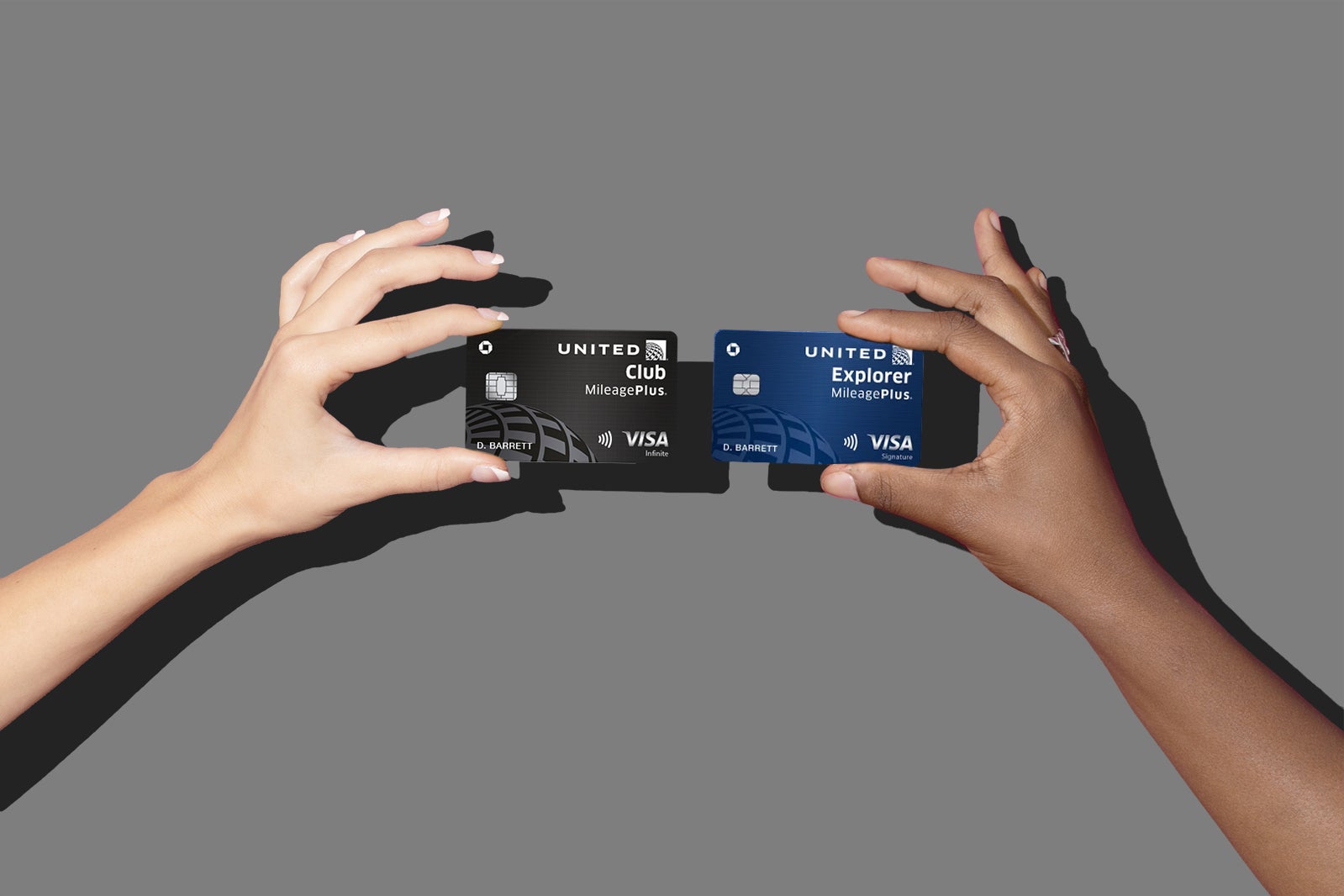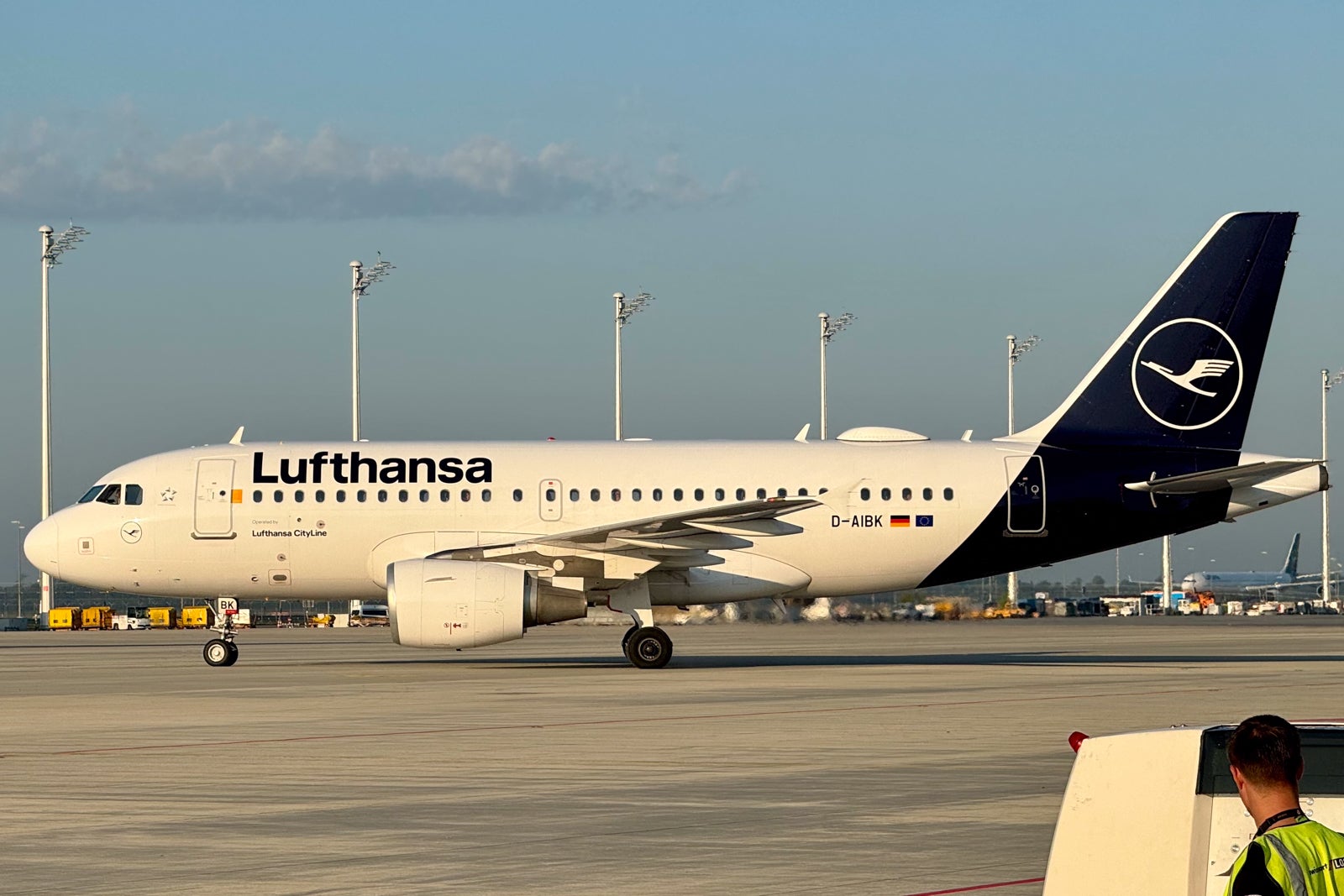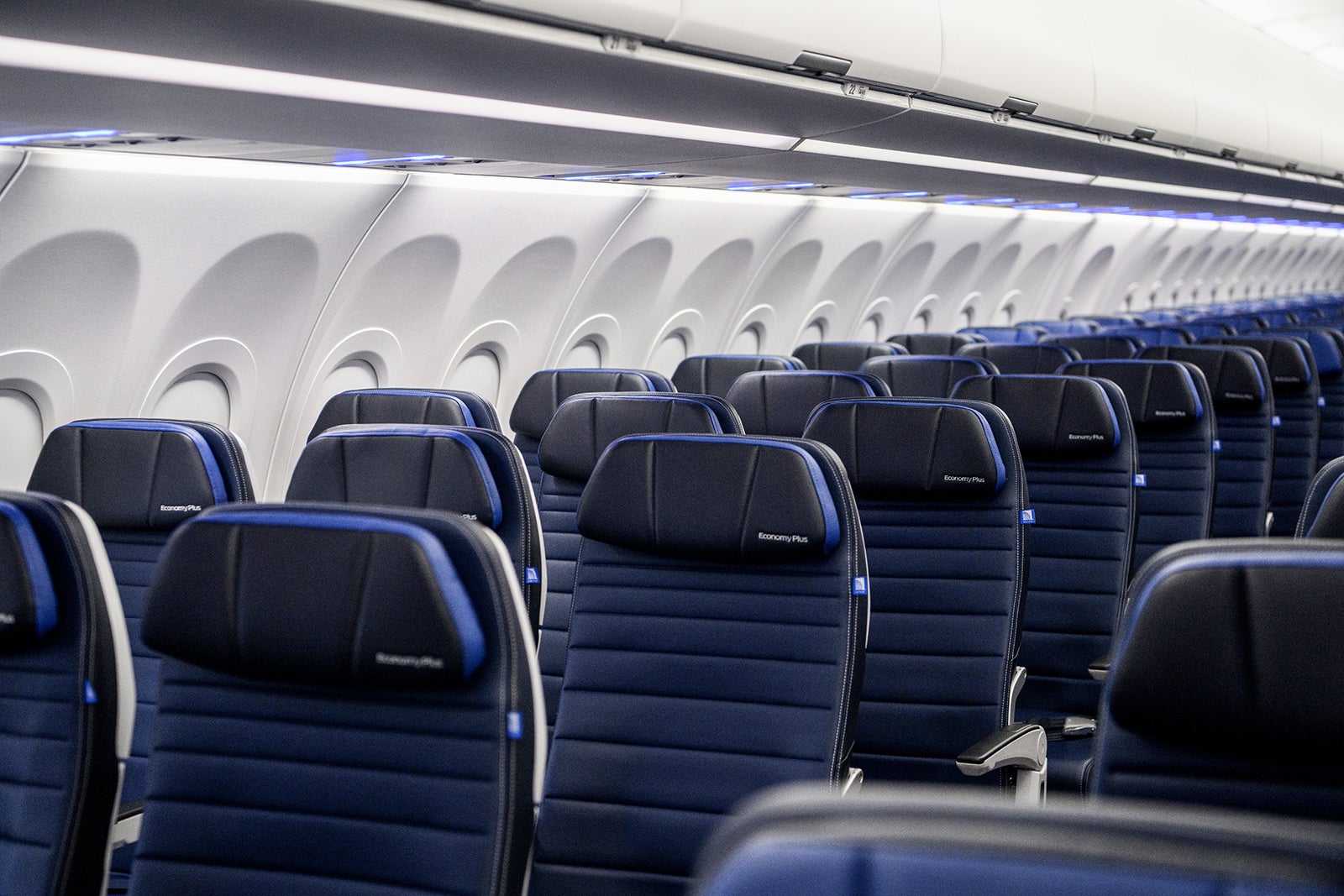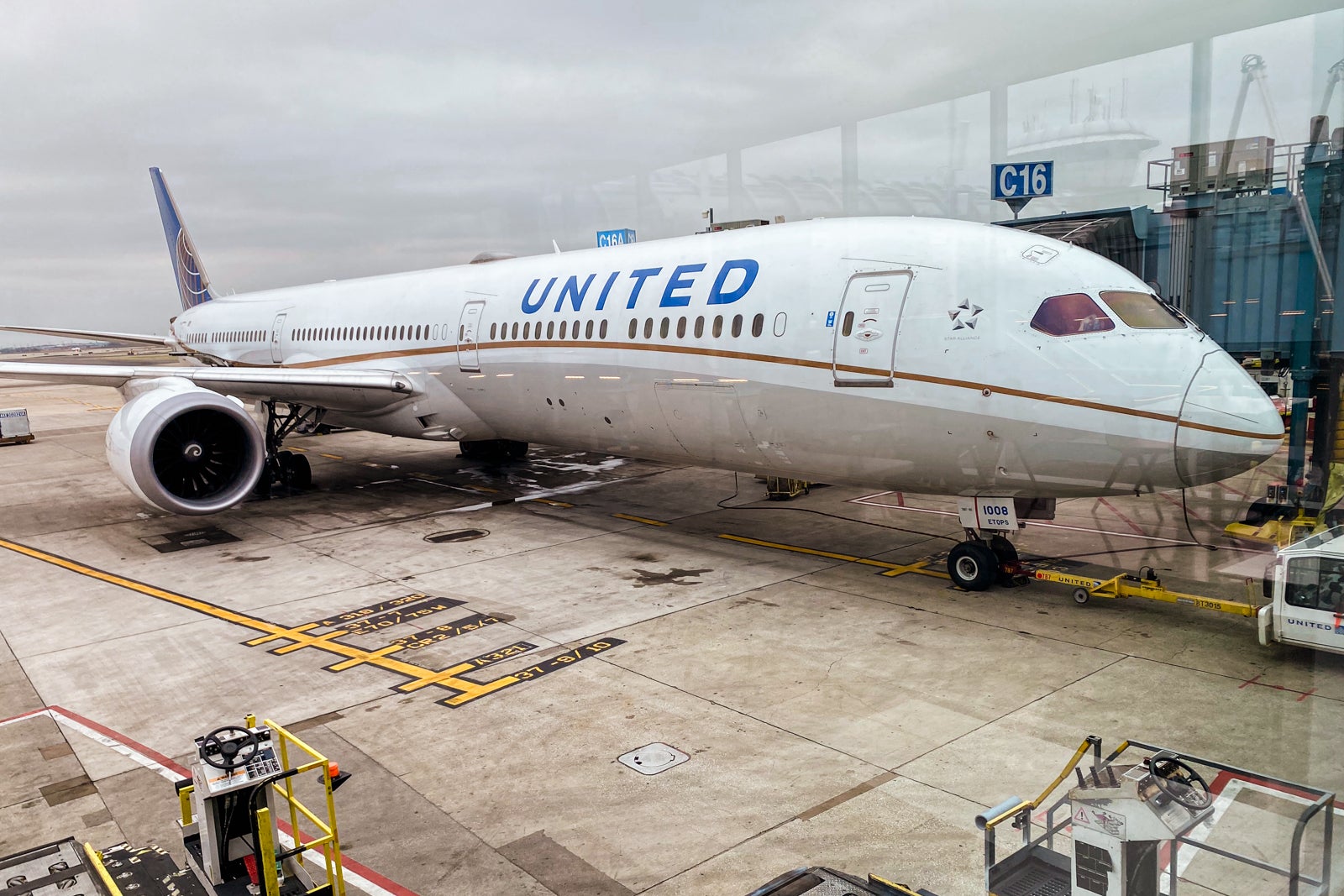I fly a lot compared to the average person. It’s pretty common for me to be in the air multiple times a month for a mix of work and fun, and the overwhelming majority of my trips are on one airline. If you didn’t know better, you’d probably think that flying more than 40 times a year would mean I’d unlock some pretty high-end airline elite perks, but these days, you’d be wrong.
Just before the coronavirus pandemic, several U.S. airlines started raising the bar on what it took to earn elite status. This temporarily changed back to some lower thresholds for a few years in the 2020-2022 era when there were far fewer travelers in the air. However, since then, it’s been getting harder to earn upper-tier airline elite status.
For several airlines — including my hometown airline, United Airlines — it’s not just about how often you fly. It’s also about how much your tickets cost.
I live in the middle of the country in Texas, so most of my trips are just hops halfway across the country in one direction or another. Also, airfare prices have been pretty palatable this year. So, even though I’m flying frequently enough for higher-tier airline elite status, I’m not spending nearly enough on those flights — at least, not for the highest levels of elite status.
After several years with United’s highest published tier of status, Premier 1K, I gave up on requalifying for top-tier elite status last year and subsequently fell to the lower Premier Platinum tier. This year, I may fall even lower in the airline’s elite status pecking order.
While I’m mostly OK with that, there are a couple of things I’m doing to pad my United elite status totals as much as I can … and some things I’m not planning on doing.
Related: The best credit cards to reach elite status
Flying enough but not spending enough
Here’s some context about my situation: To re-earn Premier Platinum status (the second-highest public tier) by the end of this year, I need to take 36 individual United flights and earn 12,000 Premier qualifying points. If you aren’t familiar, the process to earn PQPs is similar to spending $12,000 on base airfare and other eligible charges in this calendar year with United.
I’ve already logged 25 United flights for 2024, have seven more booked and have a couple of more likely trips not yet booked. In other words, I’ll likely end up just over the 36 required flights portion of the status threshold by the time the calendar rolls to 2025.
Daily Newsletter
Reward your inbox with the TPG Daily newsletter
Join over 700,000 readers for breaking news, in-depth guides and exclusive deals from TPG’s experts
But the PQPs side of the equation is not looking good.
To date, I’ve earned 6,546 of the 12,000 required PQPs for United’s Premier Platinum status. I’m currently booked to earn a bit over 7,000 PQPs, and conceivably, the trips I still need to book could get me to 8,000. But there’s an awfully big gap between 8,000 and 12,000. In fact, 8,000 PQPs is the minimum required to unlock Premier Gold elite status with United.
In other words, I’m still flying often enough to earn Premier Platinum status, but I’m not spending enough on tickets.
Related: Earn MileagePlus miles by applying for a new United card
What I’m doing to earn United PQPs without spending more
To try and ramp up my United MileagePlus PQP earnings, I’ve started putting as much of my everyday spending as possible on my United credit card.
Pricey medical bills, insurance payments, estimated taxes and more are all going on that card. This was an easy call, as I qualified for Hyatt Globalist status earlier than normal this year, so I was able to reduce everyday spending on my World of Hyatt card; unlocking that valuable status tier early made it possible to shift my spending to my United card for this airline status quest.
This isn’t a magic solution, though, as it’s a pretty slow process. My United card awards 25 PQPs per $500 spent — up to PQP maximums (which depend on the United credit card you have).
For easy math, let’s say I’m able to spend an average of $5,000 per month on my United card for three more months this year. The $15,000 in charges would only come out to 750 additional PQPs from that credit card spending. That should help me get over the hump needed for Premier Gold status, but it leaves a big gap still for Premier Platinum status.
I may be able to spend more than that on the card, but to close the gap on the approximately 4,000 PQPs I need, I’d somehow have to have $80,000 in spending on the card by the end of the year. And as much as everything seems to cost these days, my everyday expenses still aren’t going to hit anywhere close to that amount.
However, especially in my line of work, it’s always possible that some necessary, big United or Star Alliance partner flight will pop up. So, until proven that it’s absolutely impossible to unlock Premier Platinum status, I’ll keep spending as much as I can on my United card to inch up my PQP totals.
Related: Last-minute strategies for earning United Premier elite status
What I’m not doing to re-earn United status
I’ll admit it: In past years, I have booked flights I didn’t really need just to requalify for elite status. However, it’s been a while since I did that, and I don’t have plans to repeat those mileage runs this year. I also don’t have the budget to spend much more on airline tickets or buy first-class tickets on a regular basis just to earn more PQPs (though that is an option if it fits your budget).
Some savvy travelers know you can potentially earn more PQPs on United partner flights than on United flights. Again, for me, that would fall under the umbrella of booking things I don’t really need. Still, it’s an option.
You can also use the Premier Accelerator option that lets you buy extra PQPs at a reduced price when you have a United flight booked. If you want to explore this, navigate to one of your United trips and look for an Award Accelerator option; you’ll usually find it by scrolling down past your initial travel details.
The price varies (and sometimes increases toward the end of the year). Note that only the last two offers shown below include PQPs, and they are not cheap. If you look at the price difference between the packages with and without the PQPs, you’ll note that you are paying almost the same amount per PQP as you would if you were buying United tickets to actually fly.
I would do this to close a small status gap. However, at almost $1 per PQP, I’m not acting on this option right now. (Plus, I would still need thousands of PQPs to requalify for Premier Platinum status.)
What I’ll lose if I don’t again requalify for Premier Platinum status
If I’m being honest, I haven’t really missed having top-tier Premier 1K status.
My first-class upgrade percentage was bad as a Premier 1K member and is still pretty bad as a Premier Platinum member. I couldn’t get my PlusPoints upgrades to clear when I had a lot of them as a Premier 1K member. I haven’t even tried this year with the few PlusPoints you get at the Premier Platinum status level.
I didn’t really need the free snack boxes I received when I flew as a Premier 1K member. Also, once I got used to boarding a little later in the process, flying basically became the same experience as before.
But there’s one reason I hate to lose Premier Platinum status: the number of extra legroom seats you can book for “free.”
I travel often with my family — and, sometimes, even extended family — so being able to get up to eight free Economy Plus seats at the time of booking is a great Premier Platinum perk. It’s common for these Economy Plus seats to sell for anywhere from $50 to more than $100 per seat each way on domestic flights.
At the Premier Gold status level, I’ll only get two included Economy Plus seats at booking. That is fine for me on solo work trips. However, it could easily add up to thousands of dollars in Economy Plus seat fees next year on family trips — depending on the seat assignment prices, how often we fly United and how many of us are on the trips — if we keep sitting in those more comfortable rows.
Bottom line
With a little over three months to go in the year, I haven’t given up hope yet for requalifying for Premier Platinum status. Still, I’m also realistic that it may not happen, and I may drop yet another level in the status pyramid.
For now, I’m shifting as much spending as I can to my United credit card to earn PQPs, and I’m prioritizing booking United flights for any additional travel this year. I’m also keeping close tabs on my PQP totals to see if I happen to get within striking range of the 12,000 PQPs I need for Premier Platinum status; in that situation, it could make sense to go for the Premier Accelerator option or similar to close the gap.
But I know from experience that flying with lower status isn’t actually that much different in the end. There is a tangible Economy Plus seat assignment benefit I’ll lose if I drop further, and that has a real monetary value to me. Even so, it’s not worth doing anything extreme to retain status, even for that perk.
As many who are familiar with earning points and miles are realizing, the new status to achieve may be having no frequent flyer status at all. Instead of going after airline status, it’s becoming more appealing to gain freedom from chasing it and instead focus on buying what you want for your flights when you want it. This will guarantee a return on your investment.
Related reading:





